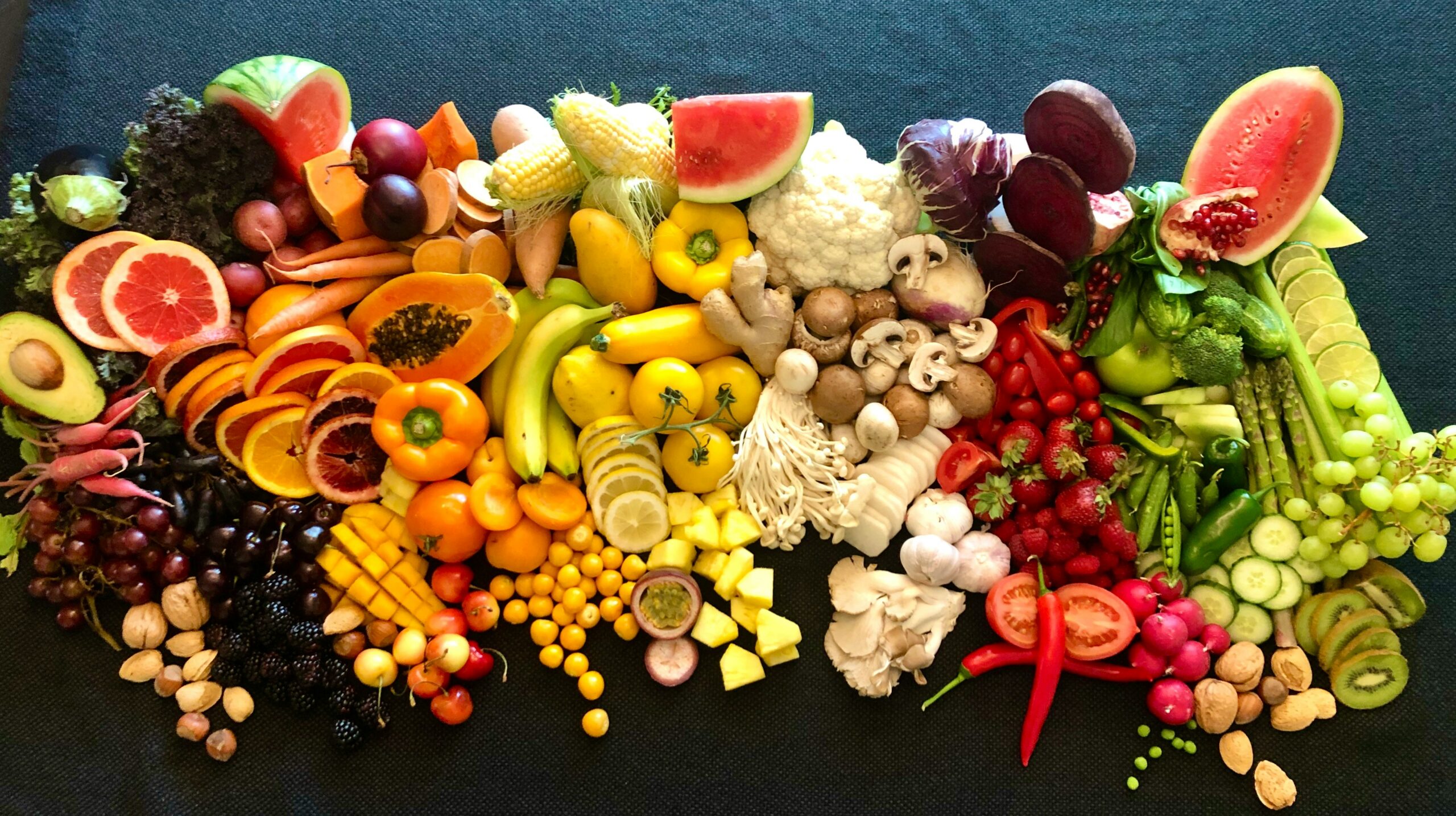The UK drinks and snacks market has evolved dramatically in recent years, driven by a growing consumer appetite for health-enhancing products. Functional foods and drinks, once a niche category, have surged in popularity, transforming supermarket shelves and social media feeds alike. As wellness becomes a daily priority, brands offering functional drinks and snacks are uniquely positioned to meet this demand. However, success in this space requires more than innovation; it demands strategic communication that builds trust, drives behaviour change, and embeds products into consumers’ routines.
What are functional foods?
Functional foods are products designed to deliver health benefits beyond basic nutrition. These include snacks and beverages enriched with ingredients like probiotics, adaptogens, vitamins, minerals, and plant-based compounds. The general public is unlikely to refer to them as ‘functional’ though. Whether it’s a protein bar that supports muscle recovery or a drink infused with nootropics for mental clarity, consumers are looking for ‘healthy’ options to improve wellbeing in targeted, measurable ways, and need clear signals to drive their choice, like “high in fibre”, or “supports immunity.”
As a food marketing professional, it’s essential to know the definition, or lack thereof, of functional foods in the UK as this has a direct impact on marketing claims and regulatory compliance for both functional foods and supplements.
Why is the popularity of functional snacks and beverages increasing?
The rise of functional foods is rooted in a broader cultural shift toward proactive health management. Consumers are increasingly seeking products that support hydration, immunity, gut health, energy, focus, and relaxation – all while fitting seamlessly into their busy lives. Functional snacks and beverages offer a convenient, accessible way to meet these needs, often with the added appeal of natural ingredients and scientific backing. This convergence of health consciousness, convenience, and innovation has cooked up the perfect recipe for growth in the functional food space.
Marketing challenges in functional drinks and snacks
Despite their potential, functional foods face significant marketing challenges. Regulatory constraints in the UK limit the health claims brands can make, often resulting in vague or diluted messaging. This can lead to consumer confusion or scepticism, especially when unfamiliar ingredients are involved – think ashwagandha, L-theanine, lion’s mane, maca root, inulin, or nootropics – they sound more like sci-fi characters than something you’d sip on during your lunch break. While these ingredients may have real benefits, without clear explanations, they can leave consumers scratching their heads, or Googling mid-shop. Additionally, the market is becoming increasingly saturated, making it harder for brands to stand out and maintain consumer interest beyond the initial trial.
To overcome these hurdles, brands must focus on clarity, credibility, and emotional resonance. Messaging should be transparent and educational, helping consumers understand not just what the product does, but why it matters. Importantly, who delivers the message is just as critical as the message itself. Healthcare professionals such as dietitians, nutritionists, and GPs are often underutilized in consumer marketing, yet they hold immense power in building trust and validating product claims.
Changing habits: From niche adoption to mainstream rituals
Changing consumer behaviour is notoriously difficult, especially when it comes to food and drink. While a core audience of early adopters may enthusiastically embrace functional products, scaling requires broader appeal and deeper connection. Brands must go beyond selling a product – they must sell a lifestyle. This means creating a space in the consumer’s mind and daily routine where the product naturally fits, becoming a ritual rather than a novelty.
To achieve this, products need to differentiate themselves not just through ingredients or benefits, but through brand identity. Clear scientific messaging is essential, but it must be paired with aspirational branding that aligns with consumers’ values and goals. Whether it’s promoting mental clarity for professionals or protein intake to sustain an active lifestyle, the product must feel like a natural extension of the consumer’s lifestyle.
Behaviour change strategy for functional foods and drinks
Driving lasting behaviour change requires a structured, science-backed approach. Here’s how brands can apply behavioural science to embed their products into consumers’ lives.
Step 1: Specify the target behaviour
Understanding the target audience is the foundation of any behaviour change strategy. Brands must map out the consumer journey and identify where their product fits. This involves asking key questions:
- Who needs to perform the behaviour?
- What do they need to do differently?
- When and where should they do it?
- How often? And with whom?
Answering these questions helps brands move beyond product features to understand how their offering can become part of a consumer’s identity and routine. For example, a functional drink aimed at boosting focus might be positioned as a mid-morning ritual for remote workers, while a gut-health snack could be marketed as a post-lunch digestive aid.
Step 2: Identify what needs to change
The COM-B model – standing for Capability, Opportunity, and Motivation – provides a framework for changing habits. For a behaviour (B) to occur, a person must have the capability (C), opportunity (O), and motivation (M) to perform it.
- Capability refers to the consumer’s knowledge and skills. Do they understand how the product works and how to use it?
- Opportunity involves external factors. Is the product accessible, affordable, and easy to integrate into daily life?
- Motivation is the internal drive. Do consumers feel emotionally connected to the product and believe in its benefits?
By assessing these components, brands can identify barriers and design interventions that make behaviour change more likely. For instance, improving packaging clarity enhances capability, expanding retail presence boosts opportunity, and storytelling via food PR and marketing strengthens motivation.
Step 3: Connect emotionally through storytelling
Scientific credibility is crucial, but emotional connection is what drives loyalty. Storytelling allows brands to humanise their products and connect with consumers on a deeper level. Instead of listing ingredients and benefits, embed these in stories that reflect real-life scenarios and aspirations in PR campaigns.
For example, a brand promoting a magnesium-infused drink for relaxation might share the story of a busy parent who uses it to unwind after a hectic day on social media. Visual content, testimonials, and relatable narratives help bridge the gap between science and emotion, making the product feel personal and relevant.
Step 4: From trend to tribe
To move beyond fleeting trends, brands must build communities around shared values and wellness goals. This involves creating a sense of belonging and purpose that extends beyond the product itself.
Successful brands often focus on a singular mission – such as improving gut health or enhancing mental clarity – and build a loyal following around it. They engage consumers directly through social media, online communities, and experiential events, fostering two-way relationships that deepen trust and commitment. By celebrating user stories and aligning with consumer values, brands can transform customers into advocates and rituals into movements.
How a healthcare PR agency can help
Navigating the complexities of functional food marketing requires specialist expertise. A healthcare PR and marketing agency brings a unique blend of scientific understanding, strategic communications, and creative execution to help healthy snack and beverage brands succeed.
- Clarifying messaging and building trust
SAY Communications excels at translating complex science into clear, consumer-friendly messaging. We ensure that all communications are evidence-based and compliant with regulations, helping brands convey value while avoiding misleading claims. Educational comms campaigns – leveraging explainer videos, blog content, and infographics – can demystify ingredients and build consumer confidence.
- Leveraging influencer marketing with healthcare professionals
Rather than relying only on celebrity endorsements, we can tap into the credibility of healthcare professionals. Nutritionists, dietitians, and doctors can serve as brand ambassadors, lending authority and trust to marketing efforts. Through webinars, expert panels, and social media collaborations, these professionals can validate product claims and engage consumers in meaningful dialogue. Traditional media also welcome their advice, and food PR campaigns can be built around their expertise.
- Creating lifestyle and behavioural campaigns
Our healthcare comms professionals understand the psychology of behaviour change and can design campaigns that break down barriers to adoption and embed products into consumers’ routines. This includes persuasive messaging, behavioural nudges, and communicating incentives at the right time to the right audiences. By positioning products as solutions to real-world problems, we help brands move from novelty to necessity.
- Sustaining interest through trend-driven differentiation
Finally, we monitor emerging trends and cultural shifts, helping brands stay relevant and prevent crises – what if one of the ingredients were suddenly to become controversial? At SAY Communications, we craft food comms strategies and digital PR campaigns that evolve with consumer needs and cultural zeitgeist, using community-building initiatives, and content marketing to maintain engagement long after the first purchase.
For more insights, sign up to the food and nutrition edition of our newsletter, Food for Thought.

